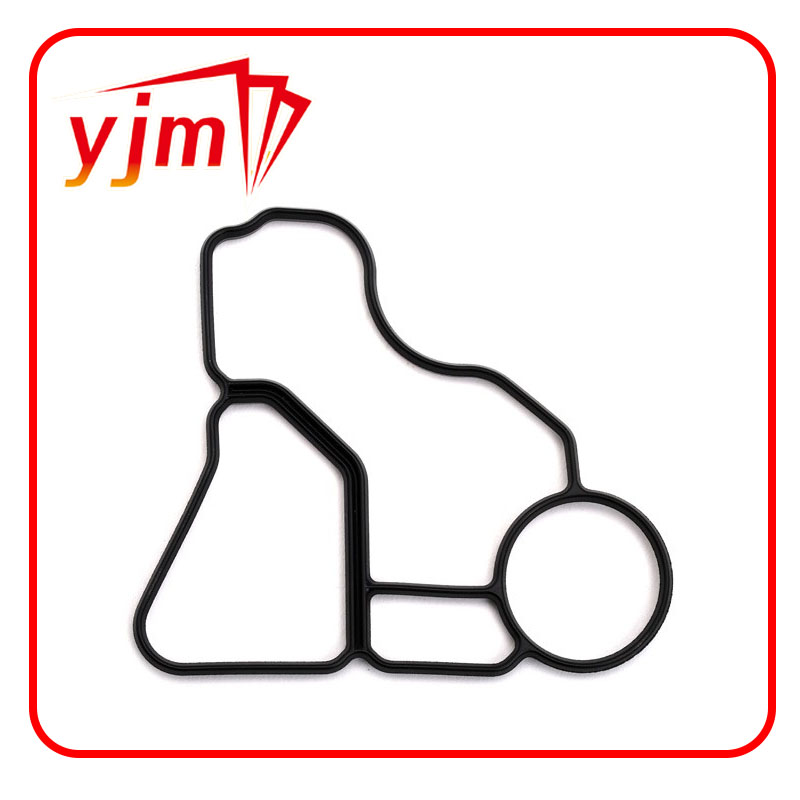oil sump gasket
Understanding Oil Sump Gaskets Importance and Maintenance
The oil sump gasket, also known as the oil pan gasket, is an essential component in an automotive engine's lubrication system. Positioned between the engine block and the oil pan, its primary function is to create a seal that prevents engine oil from leaking out. Given the critical role oil plays in lubricating various engine components, maintaining the integrity of the oil sump gasket is vital for optimal engine performance and longevity.
Functionality of the Oil Sump Gasket
The oil sump gasket serves as a barrier, sealing the oil pan to the bottom of the engine block. This seal is crucial because the oil pan contains the engine oil, which is necessary for lubrication, cooling, and cleaning contaminants from the engine. Without a properly functioning gasket, engine oil can leak out, leading to insufficient lubrication, overheating, and potential engine damage.
Moreover, a compromised gasket can allow dirt and debris to enter the oil system, increasing the risk of engine wear and failure. To avoid these issues, regular inspections and timely replacements of the oil sump gasket are essential.
Signs of a Failing Oil Sump Gasket
Recognizing the signs of a failing oil sump gasket is crucial for maintaining engine health. Common symptoms include oil stains or puddles under the vehicle, low oil levels, and oil warning lights on the dashboard. Additionally, if the engine demonstrates unusual noises or a decrease in performance, it could indicate oil leakage due to a faulty gasket.
oil sump gasket

If you suspect that your oil sump gasket is failing, it’s important to address the issue promptly. Ignoring the problem can lead to more severe damage and costly repairs. Regular maintenance checks, especially during oil changes, can help detect gasket wear before it leads to significant issues.
Replacing the Oil Sump Gasket
If the oil sump gasket requires replacement, it’s imperative to follow proper procedures to ensure a successful installation. This process typically involves draining the engine oil, removing the old gasket, cleaning the mating surfaces, and installing the new gasket. It’s crucial to use a high-quality gasket material and follow the manufacturer’s specifications for torque settings to prevent future leaks.
While some vehicle owners may choose to tackle this process themselves, seeking professional assistance is advisable for those unfamiliar with engine work. A qualified mechanic can ensure that the replacement is carried out correctly, minimizing the risk of further complications.
Conclusion
The oil sump gasket may seem like a minor component, but its role in maintaining engine performance is significant. Regular inspections, prompt replacements, and proper care are crucial for ensuring the gasket’s effectiveness. By being proactive and addressing any signs of wear, vehicle owners can help extend the life of their engine and avoid costly repairs. Understanding the importance of the oil sump gasket not only enhances your awareness as a car owner but also contributes to the overall health of your vehicle. Remember, a small leak can lead to big problems, so don’t underestimate the importance of this essential automotive part.
-
Understanding the Front Main Engine Seal: Purpose, Maintenance, and Installation
News Jul.29,2025
-
Understanding O-Rings and Seal Rings: Types, Applications, and Custom Solutions
News Jul.29,2025
-
Understanding Crankshaft Oil Seals: Rear Seals, Pulley Seals, and Their Role in Engine Integrity
News Jul.29,2025
-
The Importance of Front and Rear Crankshaft Seals in Engine Performance and Oil Management
News Jul.29,2025
-
Crank Oil Seals: Functions, Types, and Cost Considerations in Engine Maintenance
News Jul.29,2025
-
A Comprehensive Guide to O-Rings and Seals: Types, Materials, and Global Applications
News Jul.29,2025
-
Mastering Diesel and Performance Engine Maintenance: A Guide to Critical Oil Gaskets
News Jul.28,2025
Products categories















